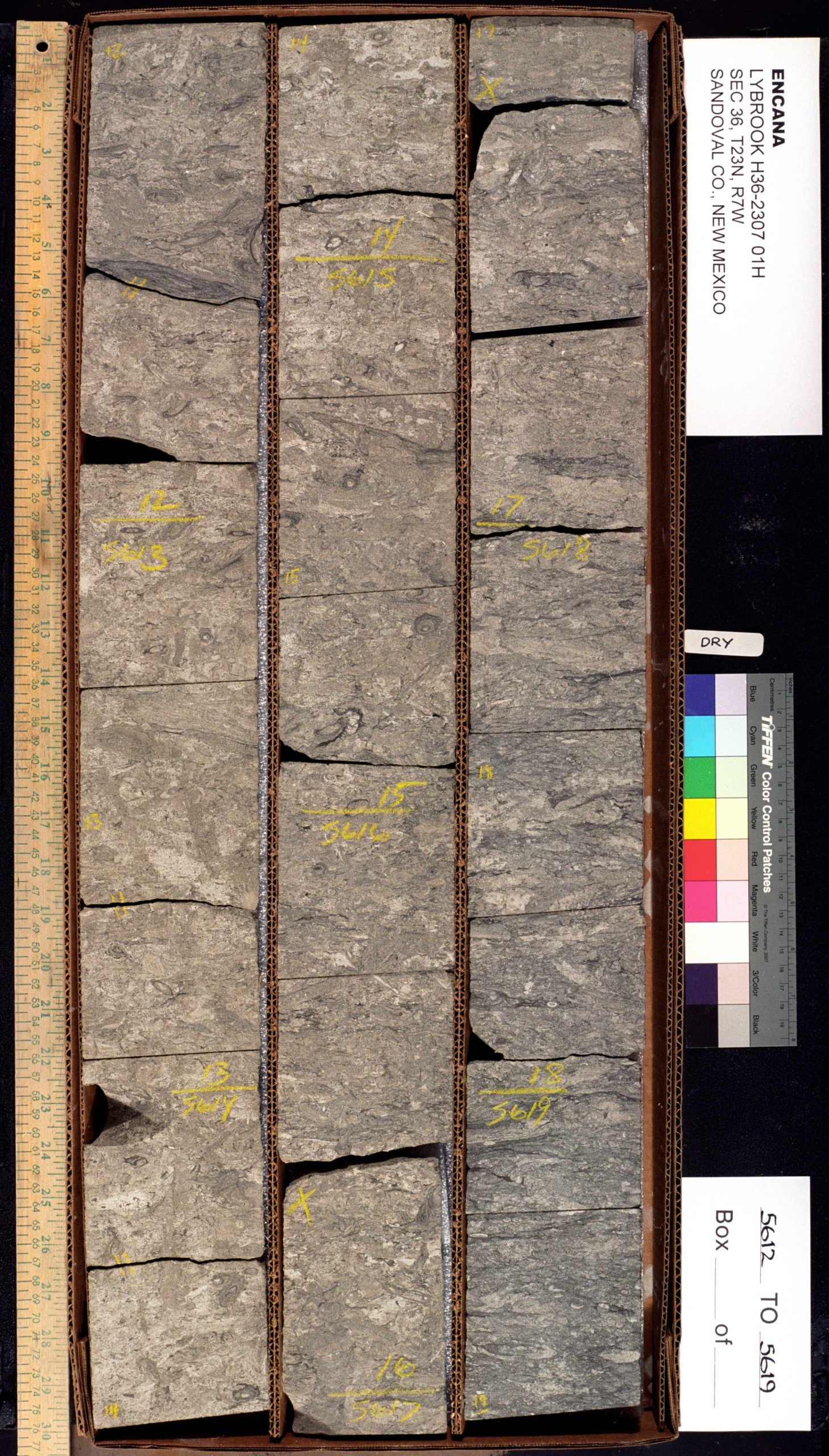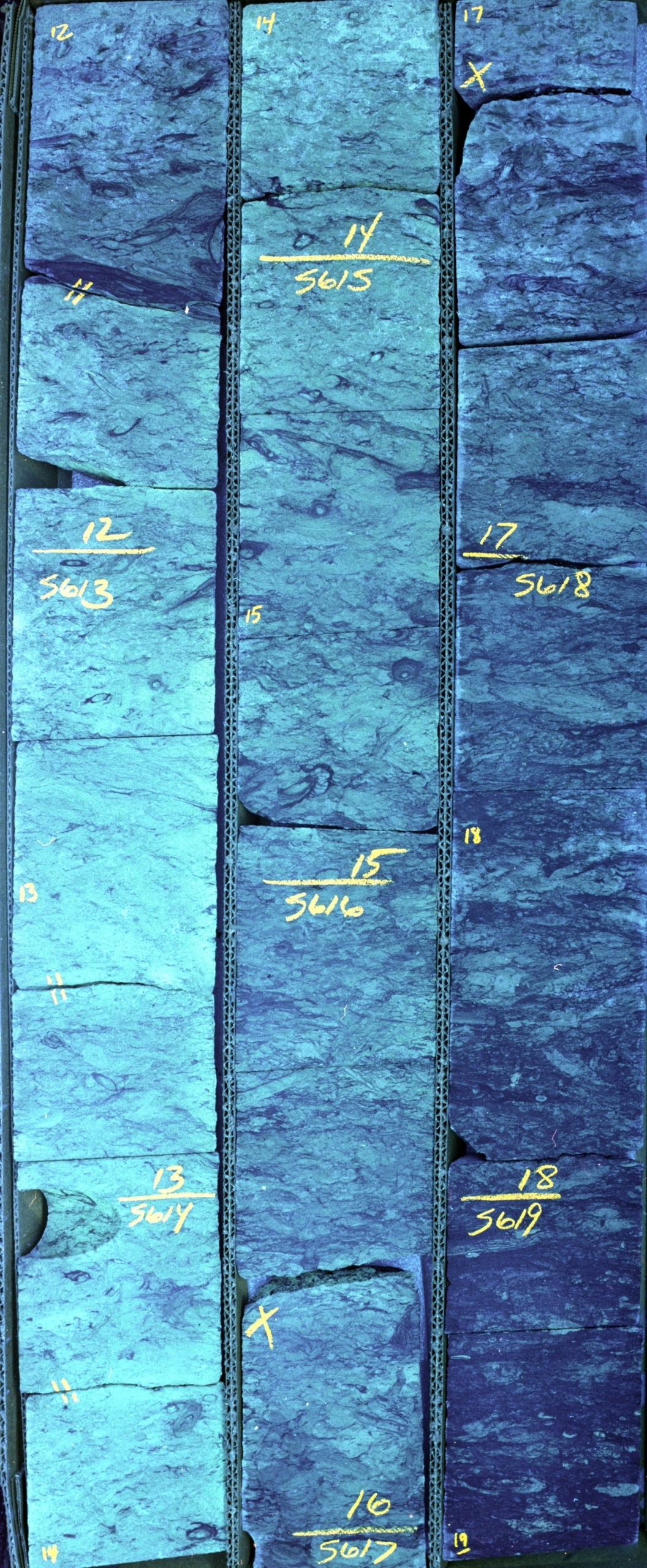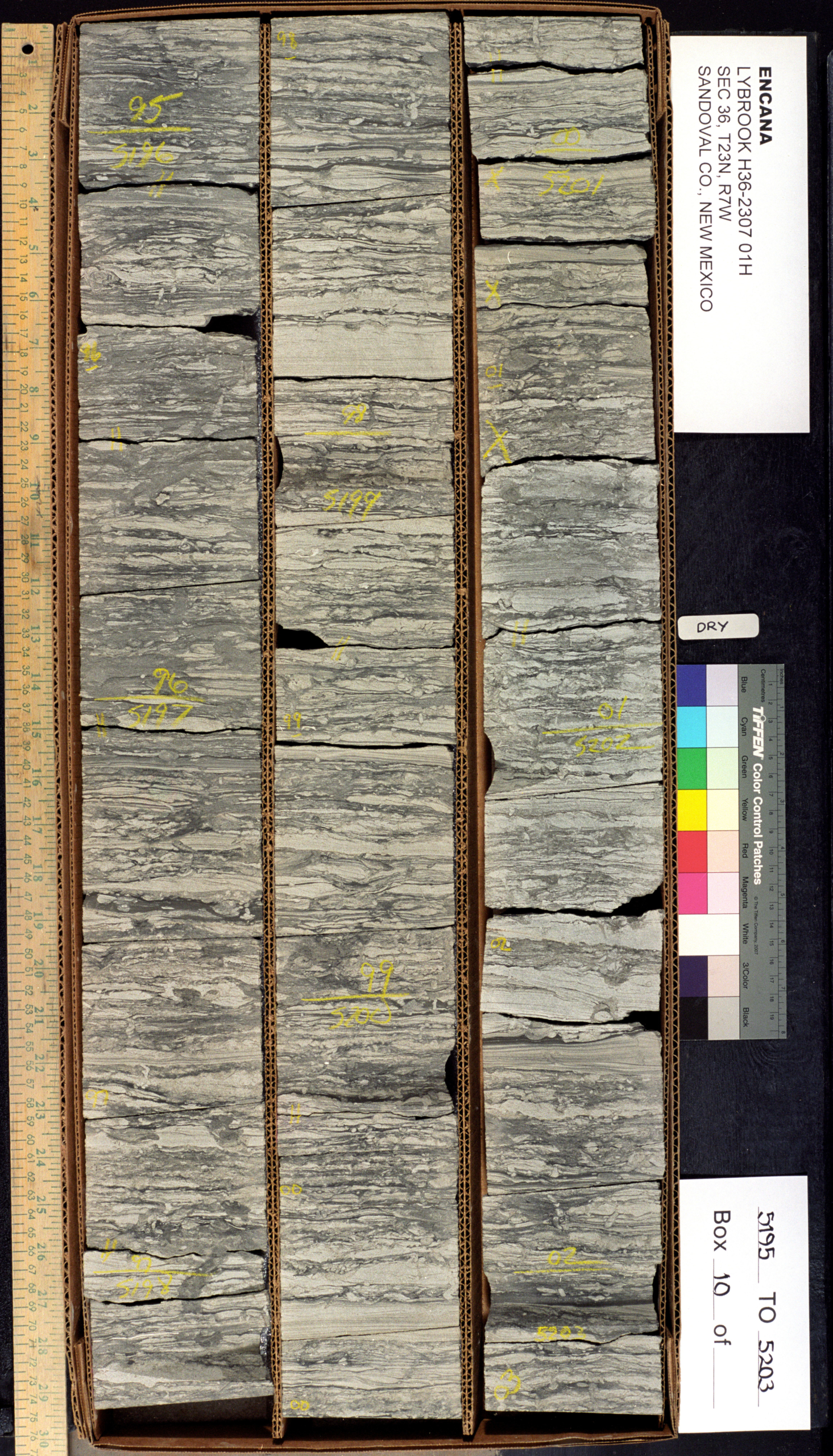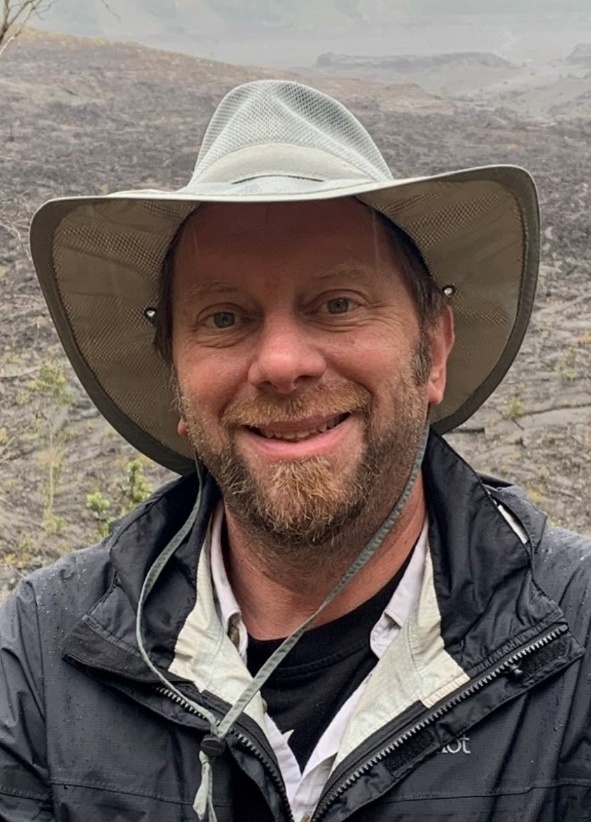Core Workshops
The Predictive Geologic Interpretation from Core Workshop
Single or both day registration available
The Predictive Geologic Interpretation from Core Workshop is intended to be an interactive core workshop that combines core viewing, well logs, and associated data to create a depositional system approach to subsurface interpretation. The objective of the workshop is to provide the participants hands-on experience with evaluating and predicting reservoir facies away from the core location for a range of depositional environments and geologic times. Hand lenses and grain size charts will be provided. Please bring something to write on and be prepared to interact, discuss, and share knowledge from these fantastic examples from across North America!
Cores to be presented:
Saturday July, 23:
Bakken (Williston Basin)
Cane Creek (Paradox Basin)
Mowry
Sunday July, 24
Labarge field, Frontier Fm.*
Wolfcamp/Leonardian (Mildland Basin)
Eagle Ford (Texas Gulf Coast)
*high resolution images will be used in lieu of physical core
Highlights
Midland Basin Core (Wolfcamp/Leonardian):
The Martin and Midland County Holt Ranch 601 and Davidson 36B Cores (NW Martin and Southern Midland Co.) cover Upper Wolfcamp and Spraberry intervals with particular focus on the transitions from the shale dominated intervals into the siliciclastic dominated intervals. Discussion will focus on vertical stacking and lateral facies associations within these intervals.
San Juan Basin Core:
The core to the left is a good representation of a primary reservoir interval with UV (center) from same core box interval. Operators call this interval the “Gallup,” but in literature it is probably more accurately correlated as a Tocito sand. The core box to the right captures a typical reservoir section from the “Mancos Silt” target within the Mancos Formation. This is a zone that has effectively no presence in literature and represents an emerging horizontal play in the San Juan Basin. DJR Energy’s two producers (6,800’ laterals) in the emerging Mancos Silt play have achieved an average 80 day IP of 840 boe/d (91% oil). Less than 10 wells have been completed in the Mancos Silt interval.
Core Workshop Organizers
Jerome Bellian, PhD
Jerome has over 25 years of industry and academic experience specializing in mixed siliciclastic and carbonate sequence stratigraphy, depositional systems, and geologic modeling. Jerome spent the early part of his career at ExxonMobil, The Bureau of Economic Geology, and Chevron working primarily conventional fields in the United States, Africa, Brazil, Trinidad, Mexico, Kazakhstan, Saudi Arabia, and Oman. In the past decade Jerome has shifted his focus to unconventional reservoirs onshore US with Whiting Petroleum and his current role at Ovintiv as Senior Geologist for the Permian Reservoir Characterization Team in Denver, Colorado. Jerome has more than 15 years of core and outcrop field studies focused on integrating real-world observations to the subsurface in a life-long quest to promote the understanding of why the rocks matter.
Howard Feldman, PhD
Howard Feldman is an expert on clastic systems, focusing on coastal and deepwater fans. He spent 26 years at Exxon and ExxonMobil working in a wide range of positions in research, exploration, and production in many basins in North America and around the world. He was the principle instructor of the internal sequence stratigraphy school for 11 years. Previously he spent 7 years in the petroleum section of the Kansas Geological Survey investigating the origin of both clastic and carbonate reservoirs in Pennsylvanian and Mississippian strata. He has a Ph.D. in paleontology from Indiana University. Howard is currently an Affiliate of the Department of Geosciences, Colorado State University in Fort Collins.
Jason Flaum, PhD
Jason Flaum is a Research Sedimentologist for the USGS Central Energy Resources Science Center in Lakewood, CO. Jason’s research focuses on the sedimentology and stratigraphy of fine-grained rocks. In particular his efforts seek to expand upon continuing to evaluate many of the paradigms that have led to the perceptions of mudstones being homogenous and associated with deposition in low-energy environments. Through multiple scales and types of observation his research seeks to evaluate the highly heterogeneous composition of these lithologies and better evaluate how such variability results in improved recognition criteria for their impacts on multiple aspects of a hydrocarbon system.






